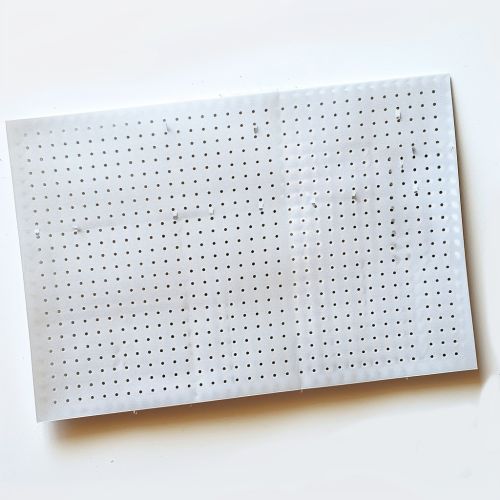Herman Hollerith
Early Life and Education
Herman Hollerith was born on February 29, 1860, in Buffalo, New York. His parents, Franziska Brunner and George Joseph Hollerith, were German immigrants. Hollerith showed an early interest in mathematics and engineering, which led him to pursue his studies at the City College of New York and later at the Columbia School of Mines. He graduated with an Engineer of Mines degree in 1879.


Career and Inventions
Hollerith began his career as a statistician, working for the U.S. Census Bureau. His work there led him to develop the Hollerith punched card, a data processing tool that revolutionized the field of data management. This invention was first used in the 1890 U.S. Census, significantly reducing the time and cost of data processing.
In 1896, Hollerith founded the Tabulating Machine Company, which later merged with three other companies in 1911 to form the IBM.
Hollerith Punched Card
The Hollerith punched card, also known as the Hollerith card, was a piece of stiff paper that contained information represented by the presence or absence of holes in predefined positions. The card was read by mechanical means, which translated the punched holes into digital information. This invention marked a significant advancement in the field of data processing and storage.


Legacy and Impact
Hollerith's inventions had a profound impact on the field of data processing and management. His punched card system became a standard method for inputting, storing, and processing information in the 20th century. His company, IBM, went on to become one of the leading technology companies in the world.
Death and Honors
Hollerith passed away on November 17, 1929, in Washington D.C. His contributions to the field of data processing have been widely recognized. In his honor, the Hollerith Code and the Hollerith Constant were named after him.
